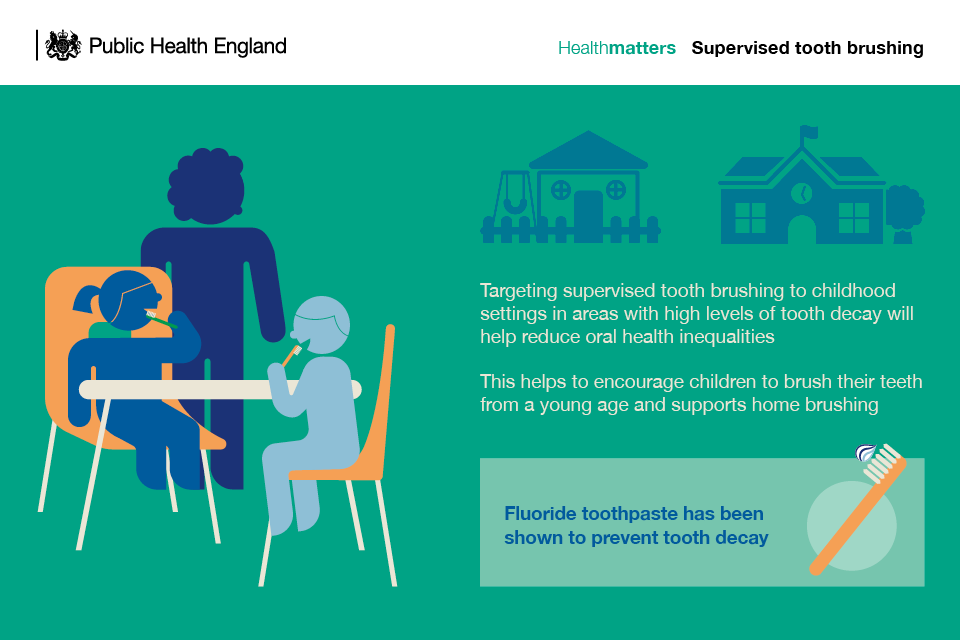Invisalign Vs. Traditional Braces: A Detailed Comparison
Invisalign Vs. Traditional Braces: A Detailed Comparison
Blog Article
Short Article Produced By-Bekker Mendoza
When confronted with the choice in between Invisalign and conventional dental braces, you may question which alternative straightens better with your way of living and preferences. The option involves greater than just the visual allure; it delves into variables like treatment period, comfort, and lasting dental wellness effects. Think about the impact each option may carry your daily regimen and positive self-image. As we check out the detailed contrast, you'll get insights right into the subtleties that make these orthodontic therapies one-of-a-kind and uncover which one might be the better fit for you.
Products and Building
When contrasting Invisalign to standard dental braces, the products and building and construction differ significantly. Invisalign contains clear, smooth plastic aligners personalized to fit your teeth. These aligners are practically unnoticeable, making them a prominent option for those seeking a much more very discreet orthodontic therapy.
On the other hand, conventional dental braces include metal brackets that are glued to your teeth. These braces are after that linked by wires and rubber bands, applying pressure to progressively move your teeth into the desired position.
The building and construction of Invisalign aligners permits an extra comfortable fit compared to conventional braces. The smooth plastic material lowers inflammation to your cheeks and gum tissues, which is an usual issue with steel braces and wires. Additionally, Invisalign aligners are detachable, making it much easier to clean and floss your teeth without any blockages.
In contrast, traditional braces are fixed onto your teeth, needing extra treatment and time for appropriate maintenance.
Upkeep and Oral Health
The maintenance and oral hygiene methods vary in between Invisalign and typical braces because of their unique style and building and construction.
With Invisalign, you can get rid of the aligners when eating or brushing your teeth, enabling you to maintain your normal oral hygiene regimen with no blockages. straight from the source to brush your teeth after eating before putting the aligners back on to avoid food fragments from getting caught and triggering decay.
On the other hand, traditional dental braces require extra interest to keep your teeth tidy. Food bits can easily obtain stuck in the brackets and cables, leading to plaque build-up and potential dental cavity. You'll need to make use of special tools like interdental brushes or floss threaders to clean in between the wires and braces successfully.
Routine dental exams and cleansings are important to ensure that your oral hygiene remains in top condition while putting on traditional dental braces.
Visibility and Aesthetic appeal
Presence and looks play a considerable role in the contrast in between Invisalign and traditional braces. When it concerns look, Invisalign supplies a clear benefit over conventional dental braces. dentist in bellevue wa who accept obama care insurance are essentially unseen, making them a preferred selection for those who like a more discreet orthodontic therapy option.
Unlike the recognizable metal braces and wires of typical dental braces, Invisalign aligners are clear and blend in with your all-natural teeth, permitting you to grin confidently throughout your therapy.
Typical braces, on the other hand, are a lot more noticeable as a result of their metal elements. While please click the up coming post may opt for colorful bands to personalize their braces, others could feel self-conscious concerning the presence of these orthodontic home appliances. The famous appearance of traditional dental braces can sometimes affect a person's self-esteem, particularly for adults in expert setups.
Conclusion
In conclusion, when choosing between Invisalign and traditional braces, consider your way of living and preferences. Invisalign uses a very discreet and comfortable option with simple upkeep, while conventional dental braces provide vivid customization yet may affect self-confidence.
Ultimately, the choice must be based upon what works best for you in regards to aesthetics, convenience, and comfort. Ensure to seek advice from your orthodontist to determine one of the most suitable therapy for your individual needs.
